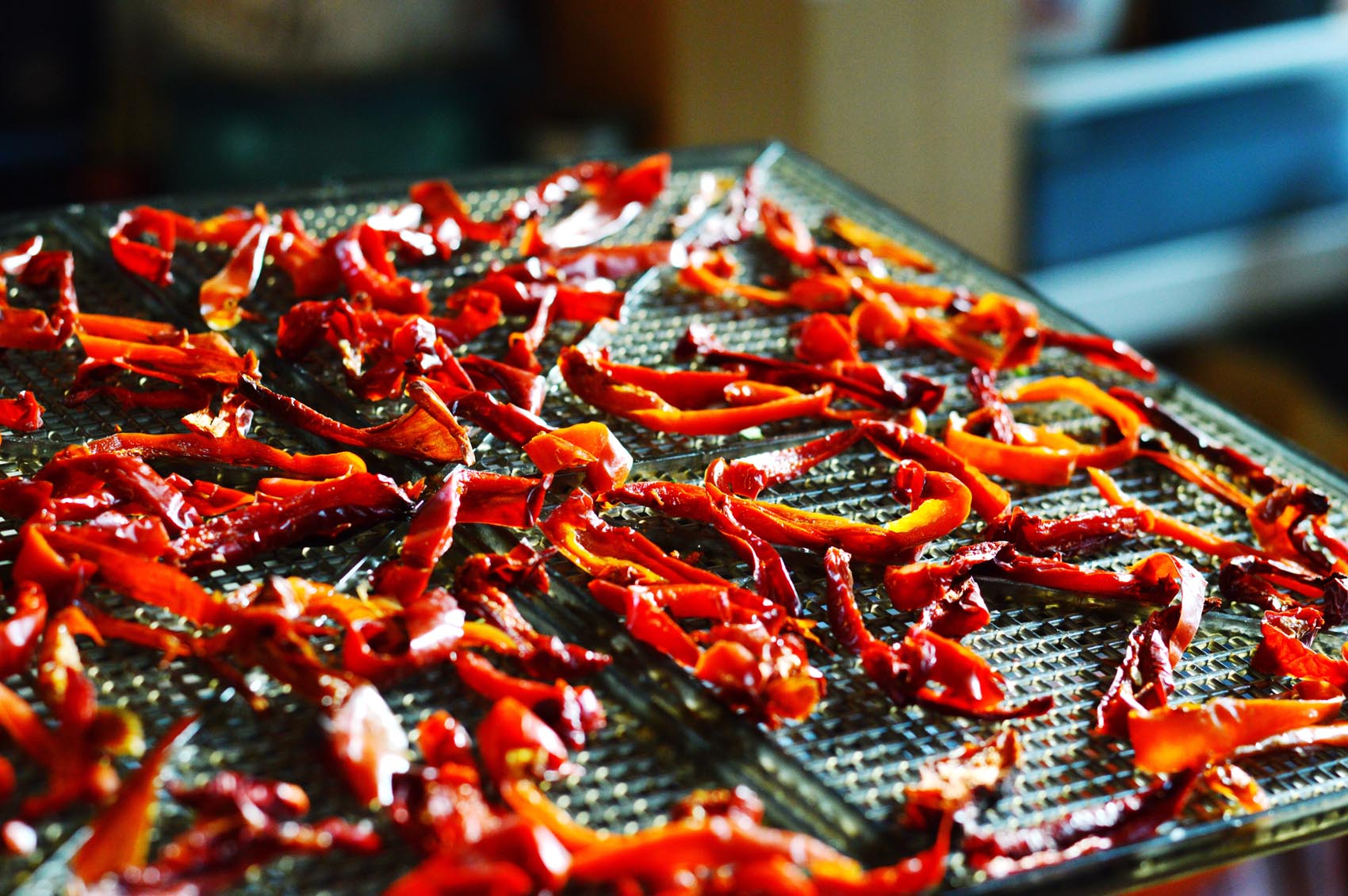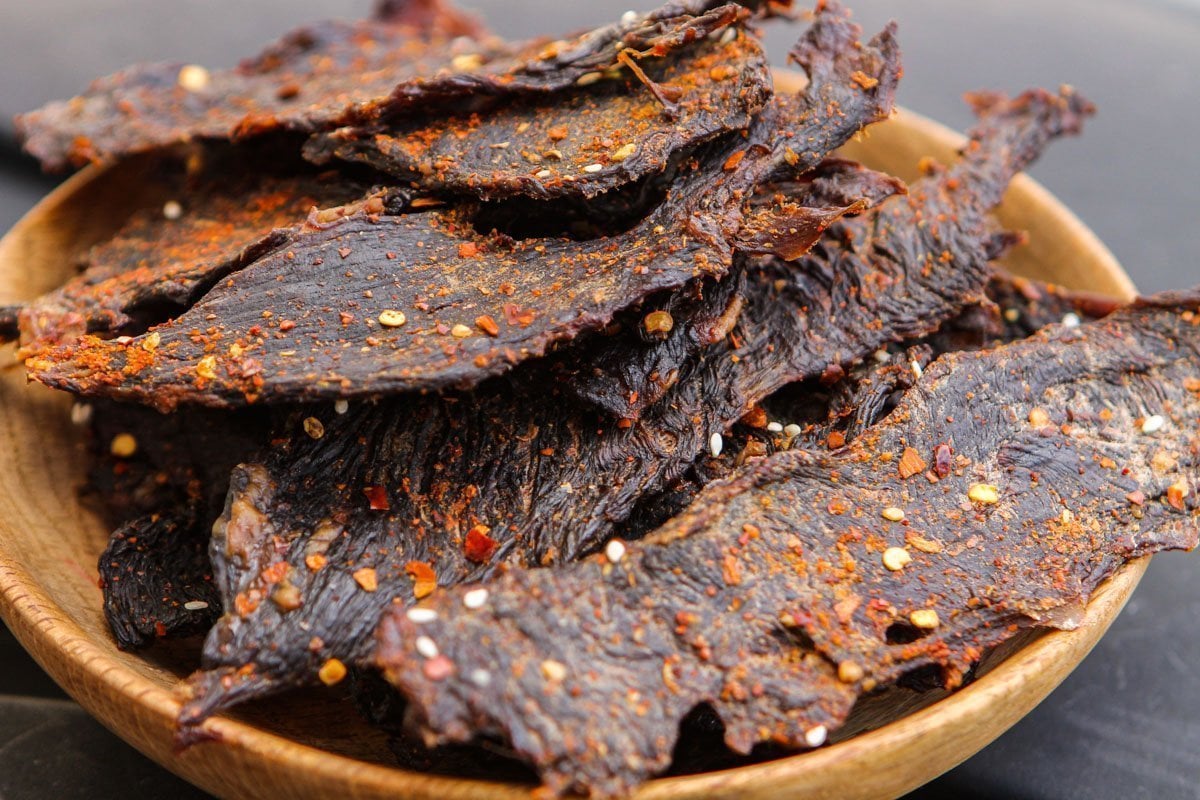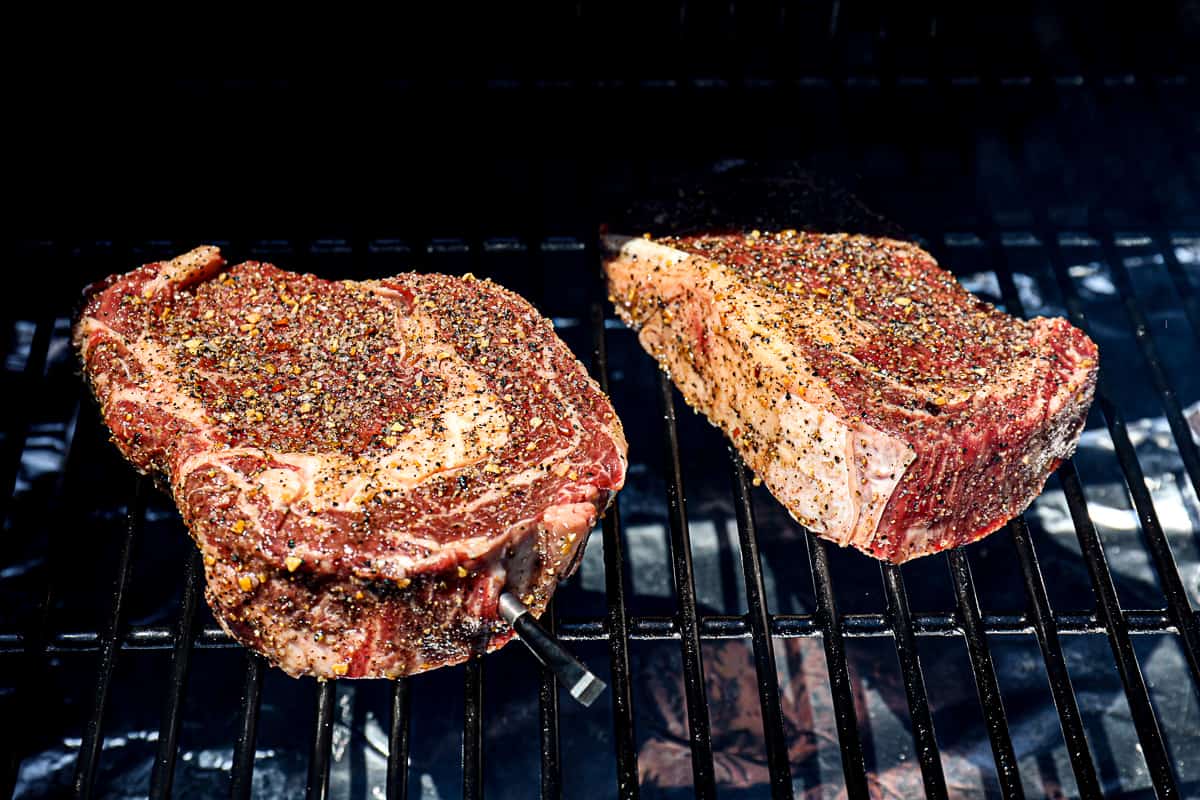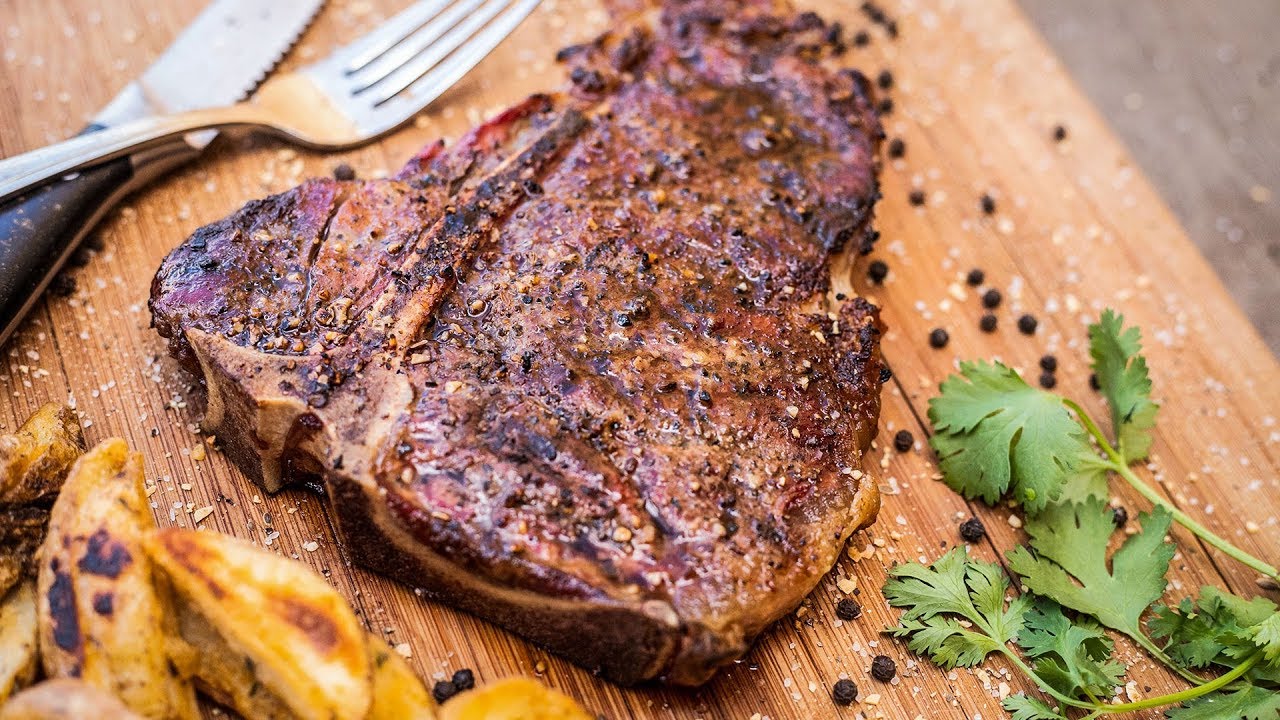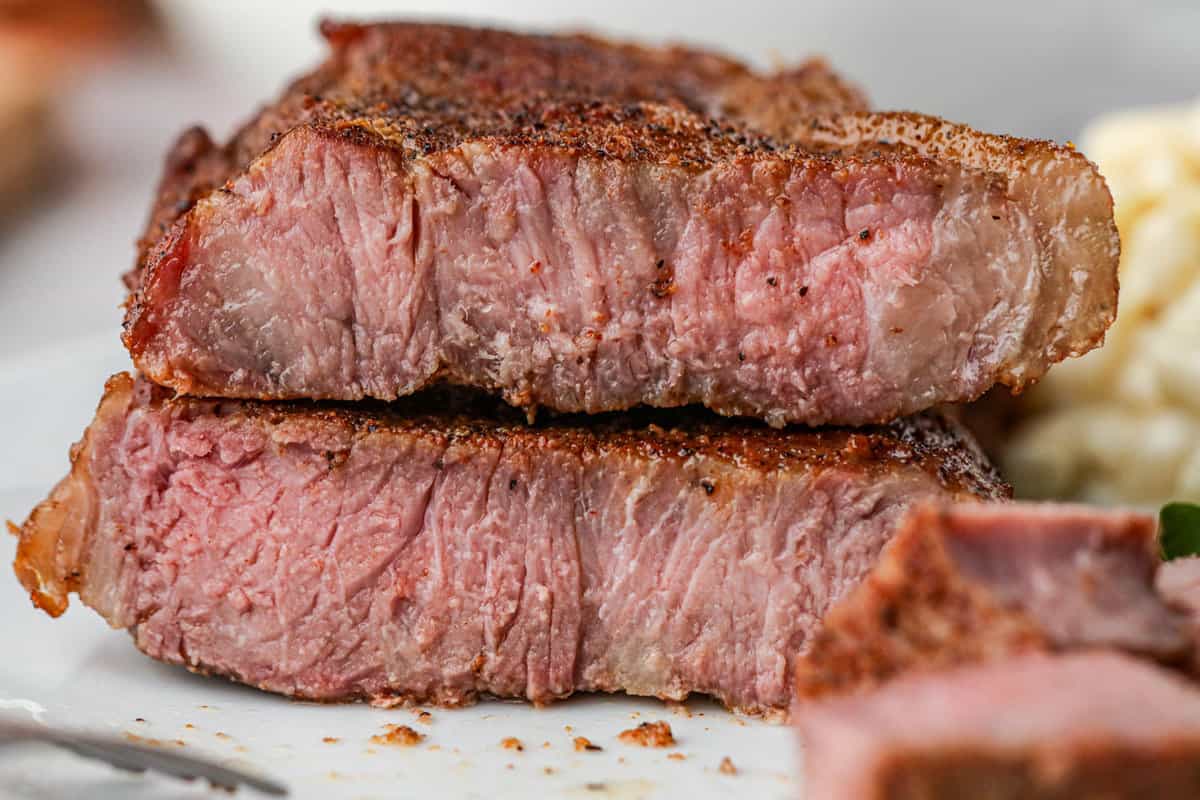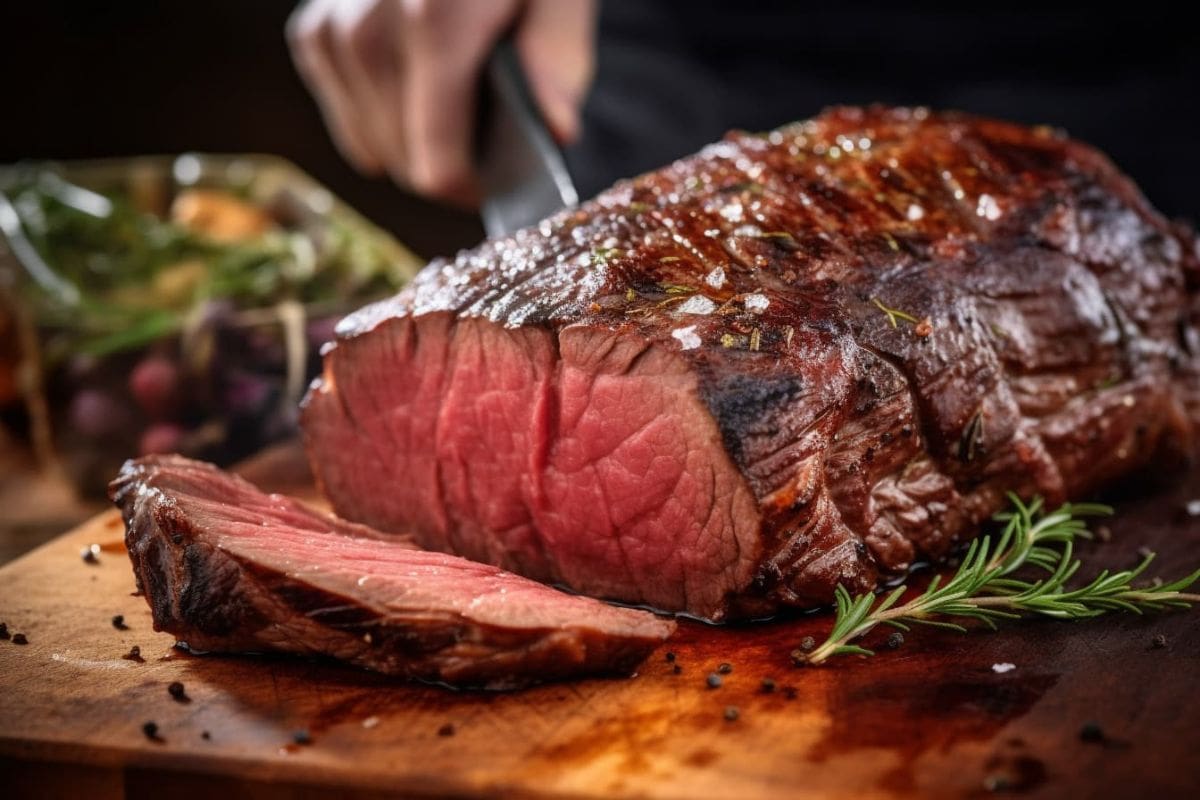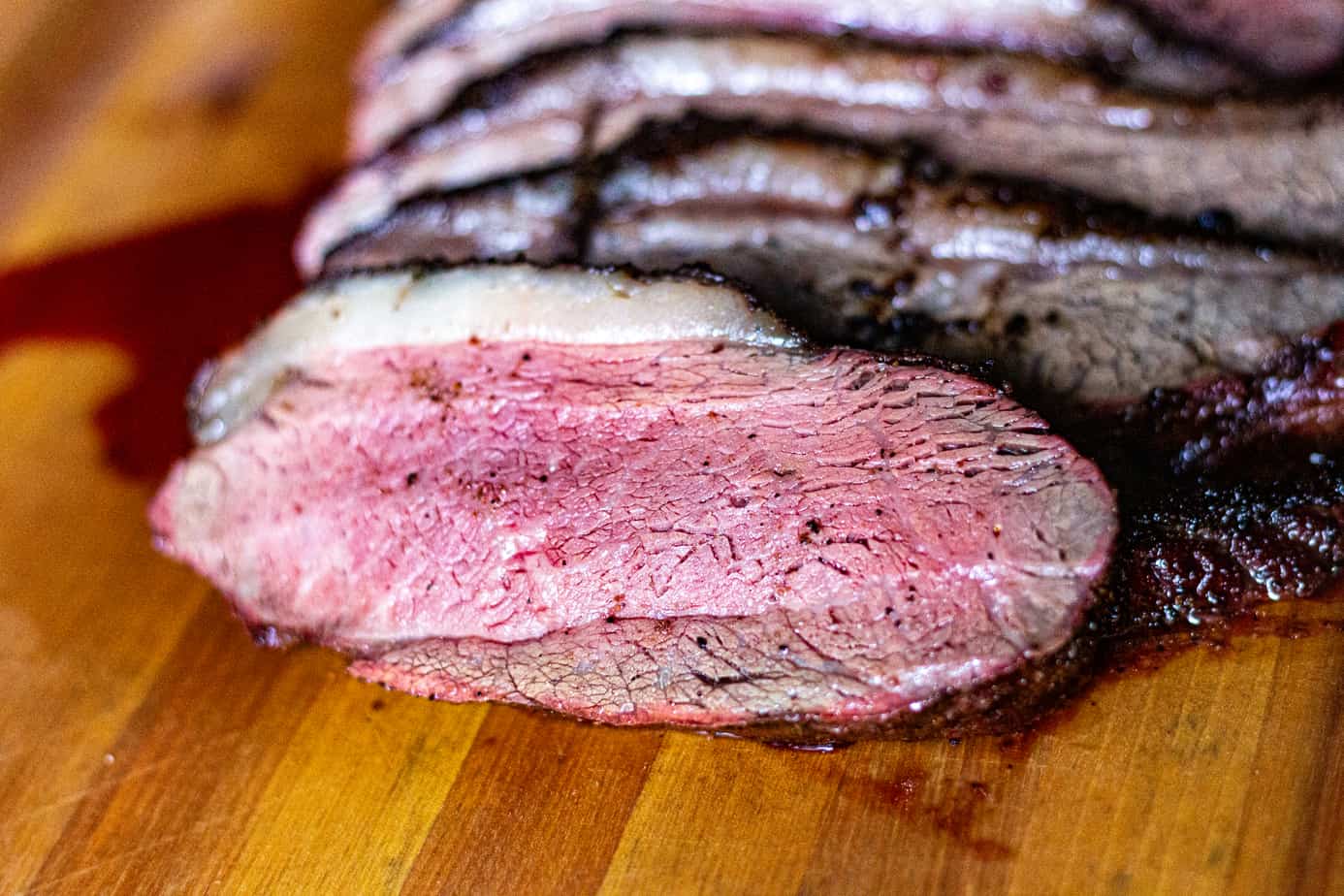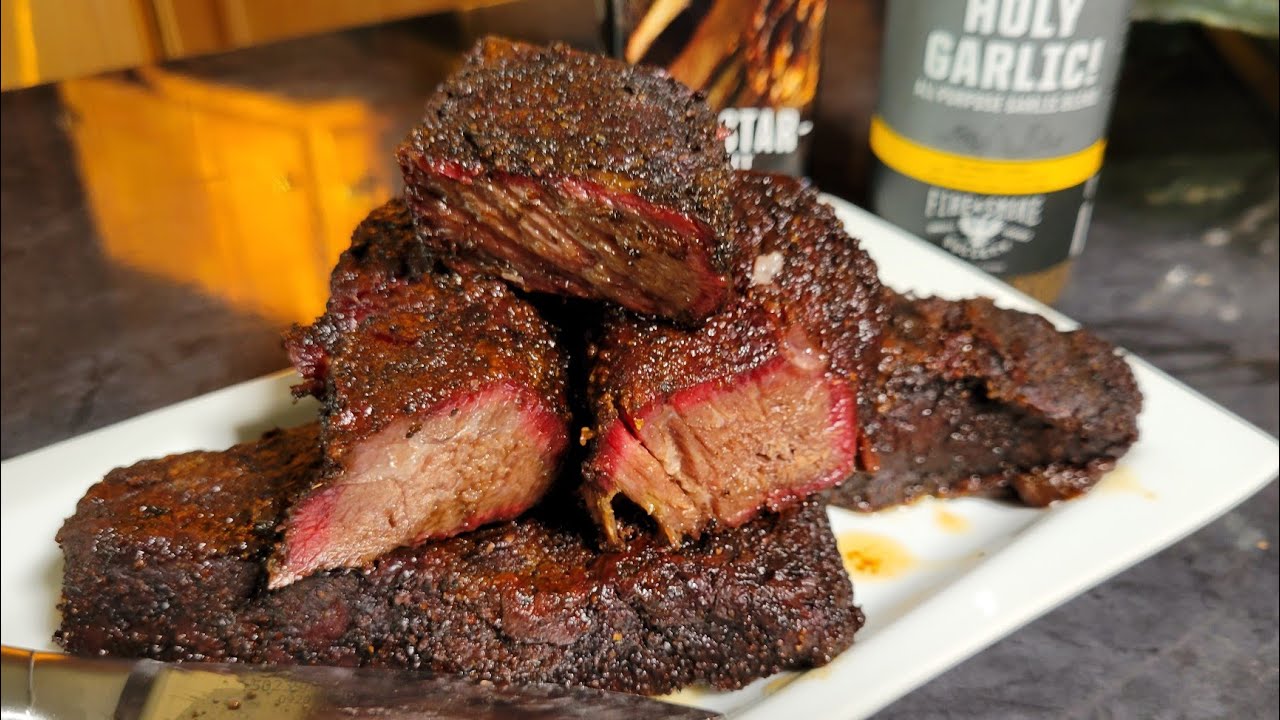Dehydrating Fried Rice: A Delicious and Convenient Option for Food Storage
Are you a fan of fried rice? Do you often find yourself with leftover fried rice that you wish you could preserve for later use? Well, you’re in luck! Dehydrating fried rice is a fantastic way to extend its shelf life and preserve its flavors for future consumption. In this article, we will explore the process of dehydrating fried rice and the benefits it offers for food storage.
Why Dehydrate Fried Rice?
Dehydrating fried rice offers several advantages, making it a popular choice for food preservation. Here are some reasons why you should consider dehydrating your leftover fried rice:
- Extended Shelf Life: Dehydrating fried rice removes moisture, which is a key factor in food spoilage. By eliminating moisture, you can significantly extend the shelf life of fried rice, allowing you to enjoy it at a later date.
- Convenient Storage: Dehydrated fried rice takes up minimal space, making it easy to store in your pantry or kitchen cabinet. This can be especially beneficial for those with limited storage space.
- On-the-Go Meals: Dehydrated fried rice can be rehydrated and enjoyed as a quick and convenient meal, whether you’re camping, hiking, or simply looking for a hassle-free dinner option.
The Process of Dehydrating Fried Rice
Dehydrating fried rice is a straightforward process that can be easily accomplished with the right equipment. Here’s a simple guide to dehydrating fried rice:
- Cook the Fried Rice: Start by preparing a batch of your favorite fried rice. Whether it’s vegetable fried rice, chicken fried rice, or shrimp fried rice, the key is to have a flavorful and well-seasoned dish.
- Cool the Fried Rice: Allow the fried rice to cool completely before proceeding with the dehydration process. This will help prevent condensation during the dehydration process.
- Spread on Dehydrator Trays: Once cooled, spread the fried rice in a thin, even layer on the dehydrator trays. Ensure that the rice is not clumped together to allow for proper airflow.
- Set the Dehydrator: Follow the manufacturer’s instructions for dehydrating rice, typically setting the temperature to around 135°F (57°C) and allowing it to dehydrate for 6-8 hours. The exact time may vary based on the moisture content and thickness of the fried rice.
- Check for Dryness: After the recommended time, check the fried rice for dryness. It should be brittle and free of any moisture. If needed, continue dehydrating for additional time.
- Store in Airtight Containers: Once dehydrated, allow the fried rice to cool before transferring it to airtight containers or vacuum-sealed bags for long-term storage.
Rehydrating Dehydrated Fried Rice
When you’re ready to enjoy your dehydrated fried rice, rehydrating it is a simple process:
- Add Water: Place the dehydrated fried rice in a bowl and add enough hot water to cover it completely.
- Soak and Stir: Allow the fried rice to soak in the hot water for about 10-15 minutes, stirring occasionally to ensure even rehydration.
- Enjoy: Once rehydrated, the fried rice is ready to be heated and enjoyed, just like freshly prepared fried rice.
Final Thoughts
Dehydrating fried rice is a fantastic way to preserve this beloved dish for future consumption. Whether you’re looking to reduce food waste, stock up on convenient meal options, or prepare for outdoor adventures, dehydrated fried rice offers a versatile and flavorful solution. By following the simple steps outlined in this article, you can enjoy the convenience and deliciousness of dehydrated fried rice whenever the craving strikes.
For those looking to try their hand at dehydrating fried rice, there are plenty of delicious recipes to experiment with. Start with the Shrimp Fried Rice for a seafood twist, or opt for the Vegetable Fried Rice if you're aiming for a lighter, plant-based option. The Pineapple Fried Rice offers a sweet and savory combination that's hard to resist. For a spicier kick, the Kimchi Fried Rice and Spicy Sriracha Fried Rice are excellent choices. If you're a fan of unique flavors, the Curry Fried Rice and Thai Basil Fried Rice will not disappoint. Finally, don't overlook the Cauliflower Fried Rice for a low-carb alternative that's still packed with flavor. Each of these recipes will benefit from the dehydration process, making them perfect for meal prep or outdoor adventures.
Was this page helpful?
Read Next: How To Dehydrate In A Nuwave Oven


